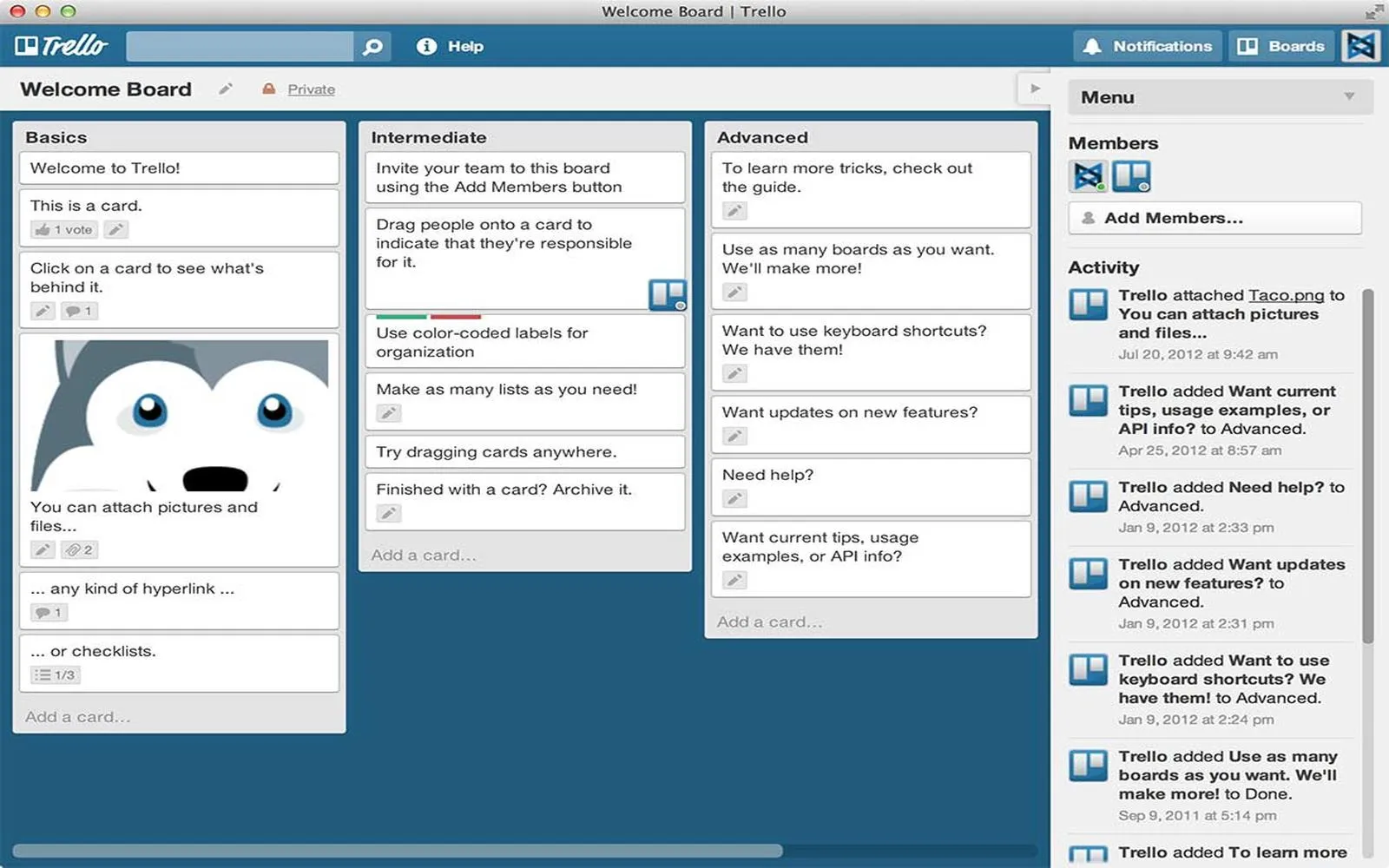As the landscape of work continues to evolve, many employees find themselves enjoying the benefits of working from home. If you're one of them and wish to make remote work a permanent arrangement, knowing how to ask your employer can be crucial. Here’s a comprehensive guide on how to approach the conversation and make your case effectively.
Understanding Your Employer's Perspective
Before you make your request, it’s essential to understand your employer’s viewpoint. Some key factors they might consider include:
| Factor | Description |
|---|---|
| Productivity | Employers often worry about whether remote work will impact your productivity and overall team performance. |
| Company Culture | Maintaining a cohesive company culture can be challenging with remote teams, so your employer may be concerned about this aspect. |
| Communication | Effective communication is vital for collaboration; employers might fear that remote work could hinder this. |
| Accountability | Employers need to ensure that employees remain accountable for their tasks and responsibilities. |
Preparing Your Case
Once you understand your employer's perspective, it's time to prepare your case. Here’s how to do that:
- Gather Data: Compile evidence of your productivity while working from home. This can include performance metrics, completed projects, or positive feedback from colleagues and supervisors.
- Propose a Trial Period: Suggest a trial period for remote work. This can alleviate your employer’s concerns and allow them to assess the effectiveness of your work-from-home arrangement.
- Highlight Benefits: Emphasize the advantages of working from home, such as increased productivity, reduced commuting time, and improved work-life balance. Make it clear how these benefits can positively impact the company.
Crafting Your Request
Your approach to asking for remote work should be both formal and respectful. Here’s a structure to guide your conversation or email:
| Step | Description |
|---|---|
| 1. Schedule a Meeting | Request a dedicated time to discuss your work situation. This shows that you take the matter seriously. |
| 2. Express Gratitude | Start the conversation by thanking your employer for the opportunity to work remotely during the pandemic or for their support in your current role. |
| 3. Present Your Case | Clearly outline why you want to continue working from home, using the data and benefits you’ve gathered. |
| 4. Address Concerns | Be prepared to discuss any potential concerns your employer may have and offer solutions to mitigate these issues. |
| 5. Suggest a Follow-Up | Propose a follow-up meeting to reassess the arrangement after a trial period, allowing for adjustments if necessary. |
Anticipating Objections
During your discussion, your employer may present objections. Here are some common concerns and how to address them:
- Concern: Decreased Collaboration
- Response: Emphasize your commitment to maintaining communication through tools like video conferencing, chats, and regular check-ins.
- Concern: Team Morale
- Response: Suggest strategies to foster team engagement, such as virtual team-building activities or regular social check-ins.
- Concern: Accountability
- Response: Propose a clear set of deliverables and check-in schedules to ensure accountability.
Follow-Up and Next Steps
After your initial conversation, make sure to follow up. Send a thank-you email summarizing your discussion and reiterating your points. This not only shows professionalism but also keeps the conversation top-of-mind for your employer.
In your follow-up, consider including a brief survey or polling your team about their experiences with remote work, which can further bolster your case for a permanent arrangement.
Conclusion
Asking to continue working from home can feel daunting, but with the right preparation and approach, you can make a compelling case. Remember to be respectful, patient, and flexible in your discussions. By demonstrating your commitment to your team's success, you can pave the way for a favorable outcome that benefits both you and your employer.





